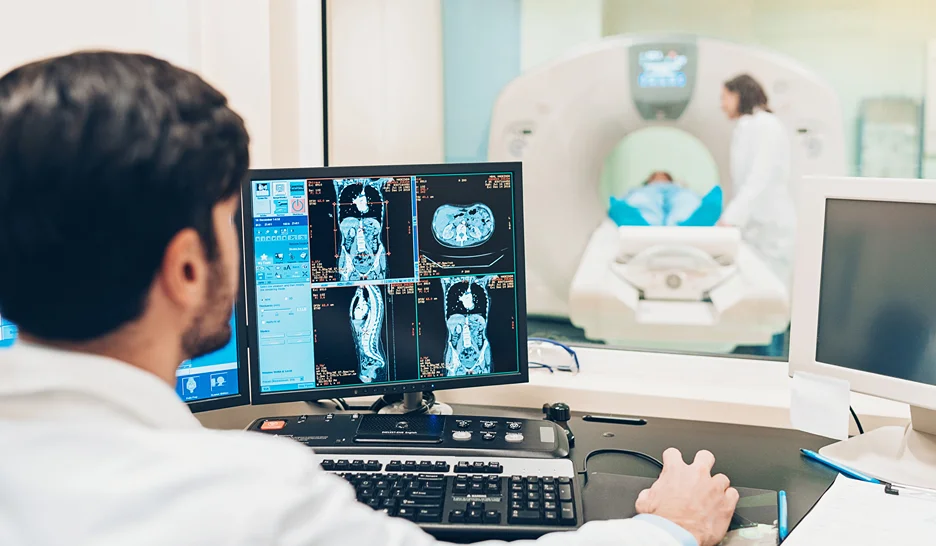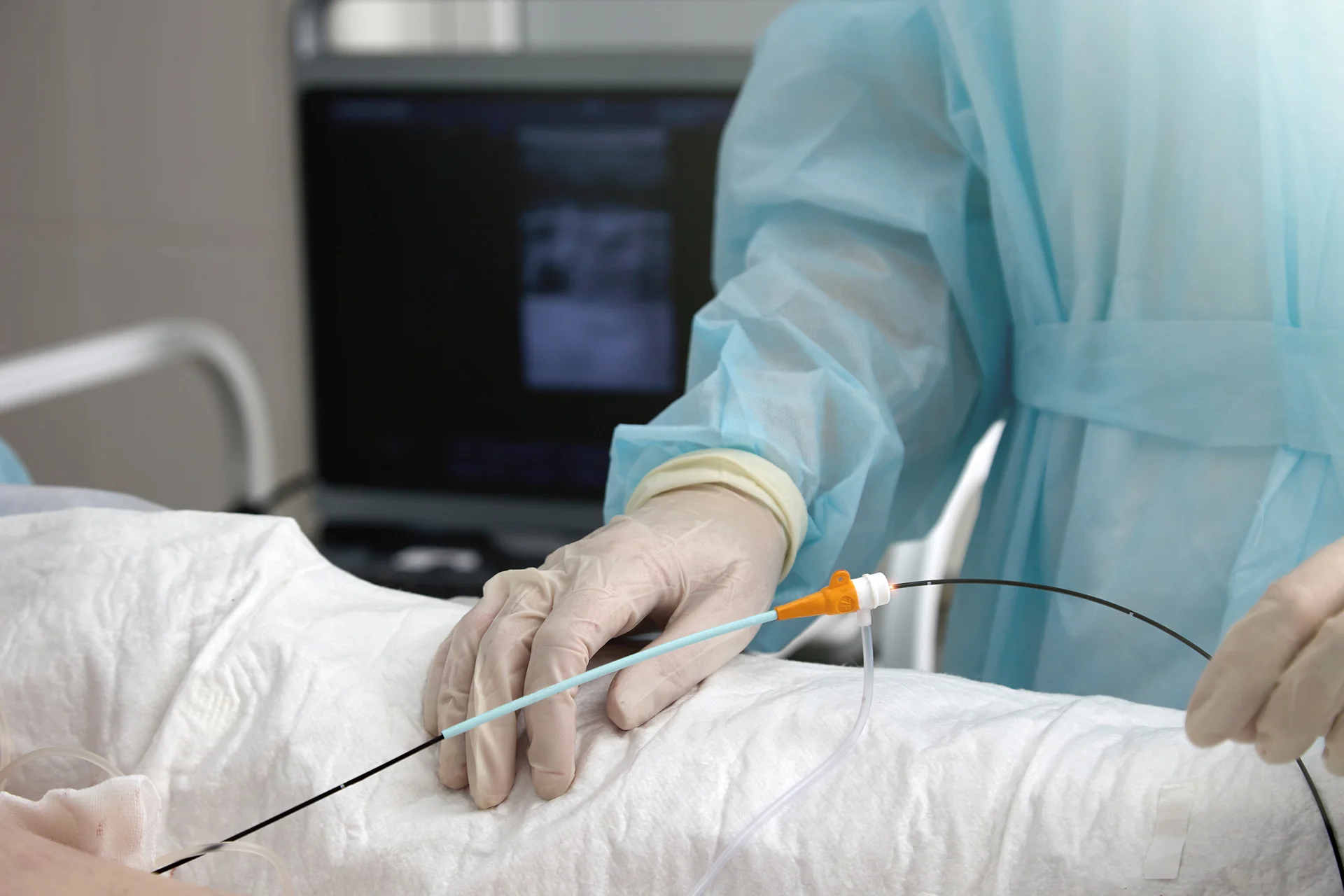Learn about the benefits and risks of using ablation for back pain. Find out if this treatment could be the solution you’ve been searching for.
Are you seeking relief from stubborn back pain? Ablation for back pain could be the solution you’ve been searching for. This minimally invasive procedure is gaining attention as an effective treatment option.
From the causes of back pain to the diagnosis and various treatment options available, this guide will provide you with everything you need to know about ablation and how it can help you find the relief you desire.
Definition of Ablation

Ablation is a medical procedure that precisely targets and destroys specific tissues to alleviate back pain. It’s a minimally invasive technique that can be used to treat various conditions, such as tumors in the liver, heart, and other organs.
For example, in cardiac ablation, radiofrequency energy or cryoablation is used to destroy small areas of heart tissue that cause arrhythmias or irregular heartbeats, including atrial fibrillation.
Varicose vein ablation utilizes energy sources like radiofrequency or laser to cauterize and close varicose veins in the legs, reducing symptoms.
Ablation therapy can also be an alternative to surgery for certain cancers, using techniques such as heat or cold to destroy cancerous tumors.
This procedure offers a promising option for alleviating back pain and other medical conditions, often providing effective relief without the need for extensive surgery.
What Is Back Pain?
Back pain affects millions of people worldwide and can range from mild discomfort to debilitating agony. It can be caused by various factors such as muscle strain, injury, poor posture, or underlying health conditions. Symptoms may include stiffness, muscle spasms, and limited mobility, impacting your daily life.
Treatment options for back pain range from conservative measures like physical therapy and medication to more advanced interventions such as radiofrequency ablation for targeted pain relief. However, it’s crucial to consider the potential risks and complications associated with these procedures.
Discogenic back pain, stemming from intervertebral disc degeneration, presents its own set of challenges and treatment methods. Understanding the causes, symptoms, and available treatments for back pain is essential in managing and alleviating your discomfort.
How Does Ablation Help with Back Pain?
Struggling with chronic low back pain that just won’t quit, despite trying various treatments and interventions?
Radiofrequency nerve ablation might be the solution you’ve been searching for. This minimally invasive procedure uses heat from radio waves to target specific nerves responsible for transmitting pain signals, effectively blocking their ability to send pain messages to the brain.
By targeting nerves in the spine and other areas such as the knees, sacroiliac joints, hips, and shoulders, radiofrequency ablation can provide relief from various types of chronic pain, including arthritis of the spine and joint pain.
Studies have shown promising results in the treatment of chronic low back pain, with many individuals experiencing significant pain reduction and improved quality of life following the procedure.
Product Specs:
- Minimally invasive procedure
- Uses heat from radio waves to target specific nerves
- Can provide relief from various types of chronic pain
Pros:
- Effective pain reduction
- Improved quality of life
- Minimally invasive
Cons:
- Potential for temporary soreness at the site of the procedure
- Not suitable for all types of back pain
- Possible need for repeat procedures
Causes of Back Pain

If you’re experiencing back pain, it’s important to understand the various factors that could be contributing to your discomfort.
Genetics and inherited conditions, posture and body mechanics, injury or trauma to the spine, muscles, ligaments or nerves, overuse, repetitive stress, or poor ergonomics at work or home are all potential causes of back pain.
Genetics and Inherited Conditions
You may frequently wonder about the role of genetics in causing back pain and inherited conditions. Genetics can indeed play a significant role in the development of back pain.
Inherited conditions such as ankylosing spondylitis, a form of arthritis that primarily affects the spine, can be passed down through generations. Additionally, genetic mutations can contribute to conditions like degenerative disc disease, which can lead to chronic back pain.
Understanding your genetic predispositions through genetic testing can provide valuable insights for managing and preventing inherited conditions. Genetic counseling can also help you and your family members make informed decisions about your healthcare.
Posture and Body Mechanics
Maintaining proper posture and body mechanics is crucial in preventing back pain and minimizing physical strain during daily activities. By being mindful of your body alignment and movement, you can significantly reduce the risk of musculoskeletal injuries.
Here are some important tips to help you maintain optimal posture and body mechanics:
- When lifting objects, bend your knees and use your leg muscles to lift, rather than bending at the waist.
- While sitting, keep your feet flat on the floor, your back well-supported, and your shoulders relaxed.
- When standing, distribute your body weight evenly on both feet and avoid locking your knees.
- Engage in regular stretching and strengthening exercises to improve flexibility and muscle support for your spine.
Following these guidelines will help you protect your back and maintain good posture throughout your daily routine.
Injury or Trauma to the Spine, Muscles, Ligaments or Nerves
When experiencing back pain, identifying the specific injury or trauma to your spine, muscles, ligaments, or nerves is crucial for determining the appropriate treatment plan.
Reflect on any past accidents or falls that could have contributed to the issue. Pay attention to symptoms like sharp or shooting pain, numbness or tingling in your extremities, or limited range of motion. These details will help your healthcare provider understand the nature of your injury.
Diagnostic tests or imaging studies, such as X-rays, MRIs, or CT scans, can provide valuable insights into the extent of the injury. By sharing this information with your healthcare team, you can work together to develop a personalized treatment plan that addresses the root cause of your back pain.
Overuse, Repetitive Stress or Poor Ergonomics at Work or Home
To prevent back pain caused by overuse, repetitive stress, or poor ergonomics at work or home, prioritize maintaining proper posture and using ergonomic tools and equipment.
Here are some tips to help you avoid back pain:
- Set up your workspace to promote good posture and reduce strain on your body.
- Use ergonomic tools such as keyboards and mouse pads to minimize repetitive stress injuries.
- Take regular breaks to stretch and rest your eyes to prevent strain.
- Position your monitor at eye level to reduce neck and eye strain.
Diagnosis of Back Pain

When you’re experiencing back pain, your healthcare provider will likely start with a physical examination to assess your symptoms.
This may be followed by X-rays, CT scans, or MRIs to get a more detailed look at the structures in your spine.
These diagnostic tools can help pinpoint the cause of your back pain and guide the appropriate treatment plan.
Physical Examination by a Healthcare Provider
During a physical examination, your healthcare provider assesses various aspects of your body to accurately diagnose and plan the treatment for back pain. This thorough examination is crucial for understanding the underlying causes of your discomfort and developing an effective treatment plan.
In this process, your healthcare provider will:
- Check your vital signs, including blood pressure, heart rate, and temperature.
- Evaluate your general appearance and observe any signs of discomfort or abnormal posture.
- Examine your musculoskeletal system to identify any areas of tenderness, limited range of motion, or muscle weakness.
- Assess your neurological system by testing your reflexes, sensation, and muscle strength.
X-rays, CT Scans and/or MRIs for a More Detailed Look at the Structures in the Spine
Considering your back pain, an essential step is utilizing x-rays, CT scans, or MRIs to gain a detailed understanding of your spine’s structures. These imaging studies are crucial in diagnosing the location and severity of your spinal condition.
X-rays provide a detailed view of the bones in your spine, while CT scans offer a more comprehensive look at the bones and soft tissues. MRIs, on the other hand, provide detailed images of the nerves, discs, and spinal cord.
By obtaining this detailed information, your healthcare provider can determine the most appropriate treatment plan, including the potential suitability for radiofrequency ablation (RFA).
These imaging studies play a vital role in identifying the source of your back pain and guiding the best course of action for effective pain relief.
Treatment Options for Back Pain

When it comes to treating your back pain, there are various options to consider. Non-invasive treatments like physical therapy and medication management can help alleviate discomfort.
Surgical intervention may be necessary if other treatments have failed to provide relief.
Non-Invasive Treatments: Physical Therapy and Medication Management
You frequently rely on physical therapy and medication management to alleviate back pain, enhancing your strength and flexibility while mitigating discomfort. These non-invasive treatments offer personalized approaches to address spine-related pain, ensuring a comprehensive plan tailored to your specific needs.
- Physical therapy: Engage in targeted exercises to strengthen the muscles supporting your spine and improve overall flexibility.
- Medication management: Explore different types of medications, such as anti-inflammatories or muscle relaxants, to effectively manage spine-related pain.
- Personalized approach: Work with healthcare professionals to develop a tailored plan that considers your unique condition, lifestyle, and preferences.
- Comprehensive care: Benefit from a holistic approach that combines physical therapy and medication management for optimal pain relief and improved quality of life.
Surgical Intervention When Other Treatments Have Failed to Provide Relief
If non-invasive treatments like physical therapy and medication management haven’t provided the relief you need for your back pain, surgical intervention may be the next step to consider. When other treatments have failed, surgical options such as spinal fusion or discectomy could be recommended.
Spinal fusion involves joining two vertebrae together to stabilize the spine, while discectomy focuses on removing a portion of a herniated disc to alleviate pressure on nerves. It’s important to consult with a spine specialist to discuss the best course of action as surgical interventions carry potential risks and benefits.
Criteria for determining when surgical intervention is necessary include persistent pain, loss of function, and lack of improvement with non-invasive treatments. By working closely with a specialist, you can make an informed decision about the most suitable treatment for your back pain.
